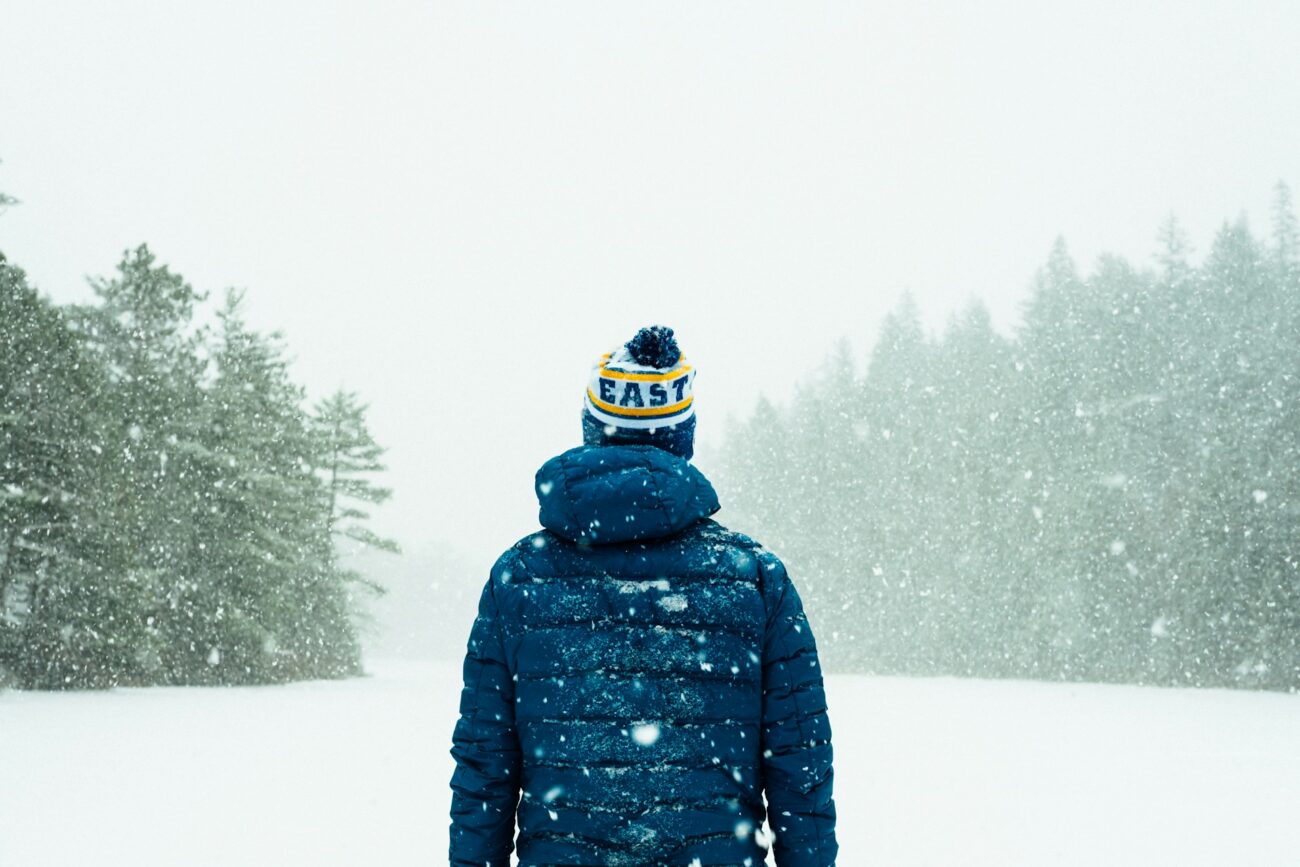Winter’s embrace doesn’t have to mean the end of your hiking adventures. In fact, cold weather hiking offers unique joys—pristine snow-covered landscapes, fewer crowds, and the exhilarating feeling of conquering the elements. However, staying warm and dry in challenging conditions requires strategic preparation and knowledge. Cold-weather hiking isn’t just about enduring the chill—it’s about managing your body’s heat and moisture while navigating potentially hazardous conditions. With the right approach, winter hikes can be not just safe but genuinely enjoyable experiences that keep you connected to nature year-round.
Understanding Cold Weather Challenges
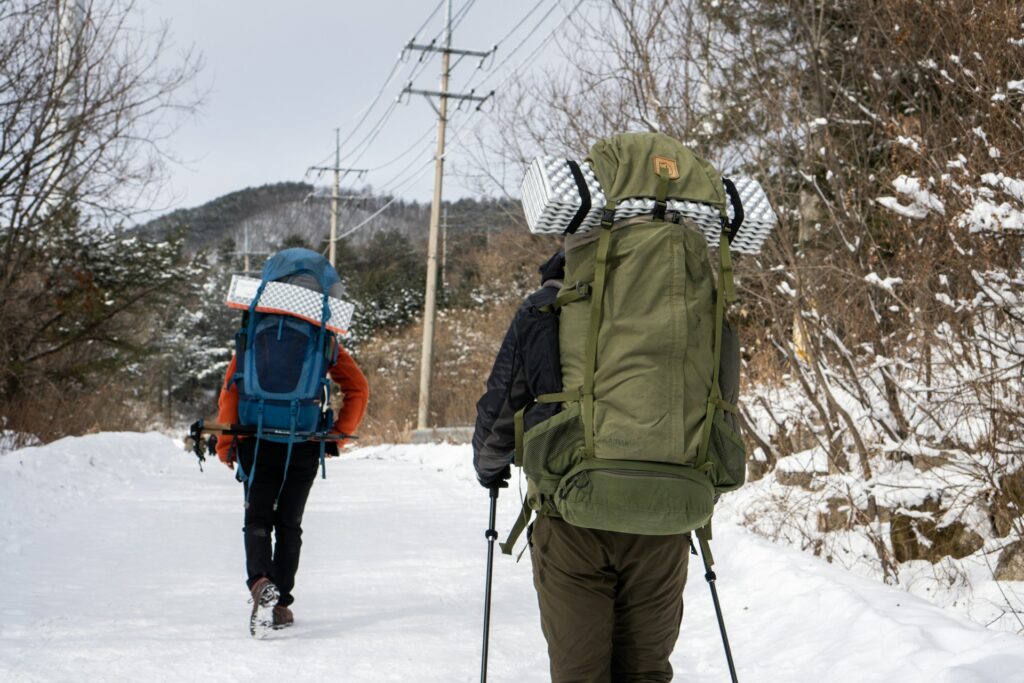
Cold weather hiking presents three main challenges: heat loss, moisture management, and changing conditions. Your body continuously generates heat, but cold environments accelerate heat loss through conduction (direct contact with cold surfaces), convection (wind carrying away your body heat), radiation (heat emanating from your body), and evaporation (sweat turning to vapor and cooling you). Moisture becomes particularly dangerous as wet clothing conducts heat away from your body up to 25 times faster than dry clothing. Additionally, weather conditions in winter environments can change rapidly, with clear skies turning to snowstorms in a matter of hours, requiring hikers to prepare for multiple scenarios. Understanding these fundamental challenges is the first step toward crafting an effective cold weather hiking strategy.
The Layering System: Your First Line of Defense
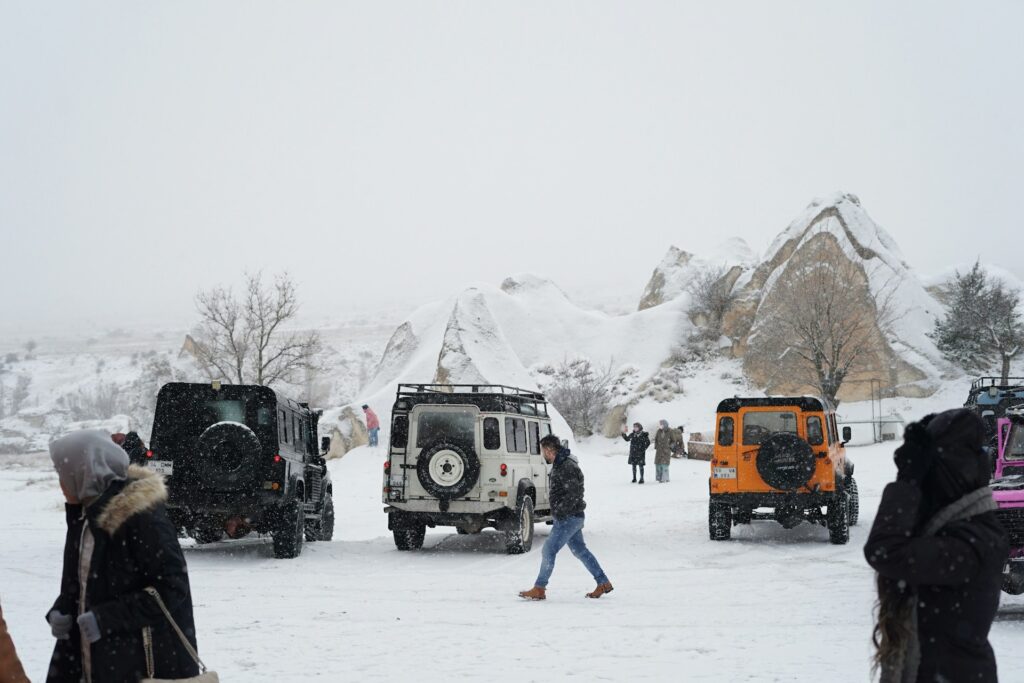
The three-layer system forms the foundation of cold weather clothing strategy, allowing you to adapt to changing conditions and activity levels. Your base layer, worn against your skin, should be made of moisture-wicking synthetic materials or merino wool—never cotton, which holds moisture and can cause dangerous cooling. The mid layer serves as your insulation, trapping warm air close to your body; fleece, down, or synthetic insulation like PrimaLoft are excellent choices depending on the conditions. Finally, your outer shell layer provides protection from wind and precipitation while allowing some breathability; look for waterproof-breathable fabrics with sealed seams and ventilation options. This layering approach creates a versatile system that can be adjusted by adding or removing layers as your activity level and weather conditions change throughout your hike.
Base Layer Selection and Management
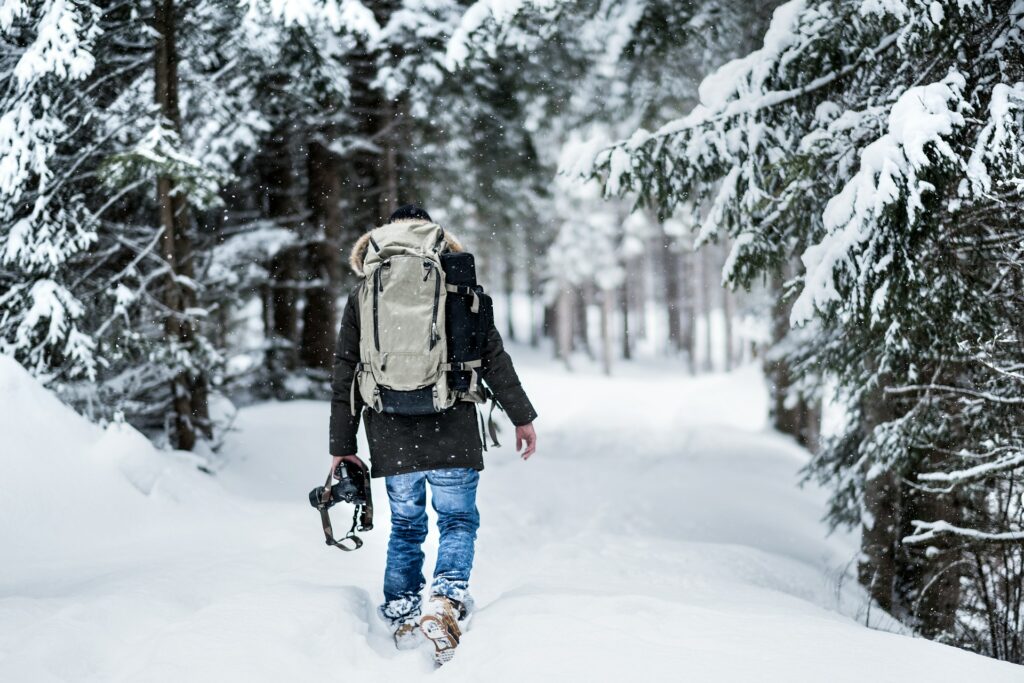
Your base layer functions as a second skin and plays a crucial role in moisture management during cold weather hikes. Merino wool offers excellent temperature regulation, minimal odor, and continues insulating even when damp, making it ideal for multi-day trips. Synthetic materials like polyester and polypropylene dry faster than wool and are typically more durable and less expensive, though they tend to retain odors more readily. Whichever material you choose, ensure the fit is snug but not restrictive, allowing full range of motion while maintaining close contact with your skin for efficient moisture wicking. Consider packing a spare base layer top for longer hikes; changing into a dry base layer during lunch breaks or at camp can significantly improve comfort and safety in cold conditions. Remember that your base layer management directly impacts the effectiveness of your entire clothing system.
Mid-Layer Insulation Strategies
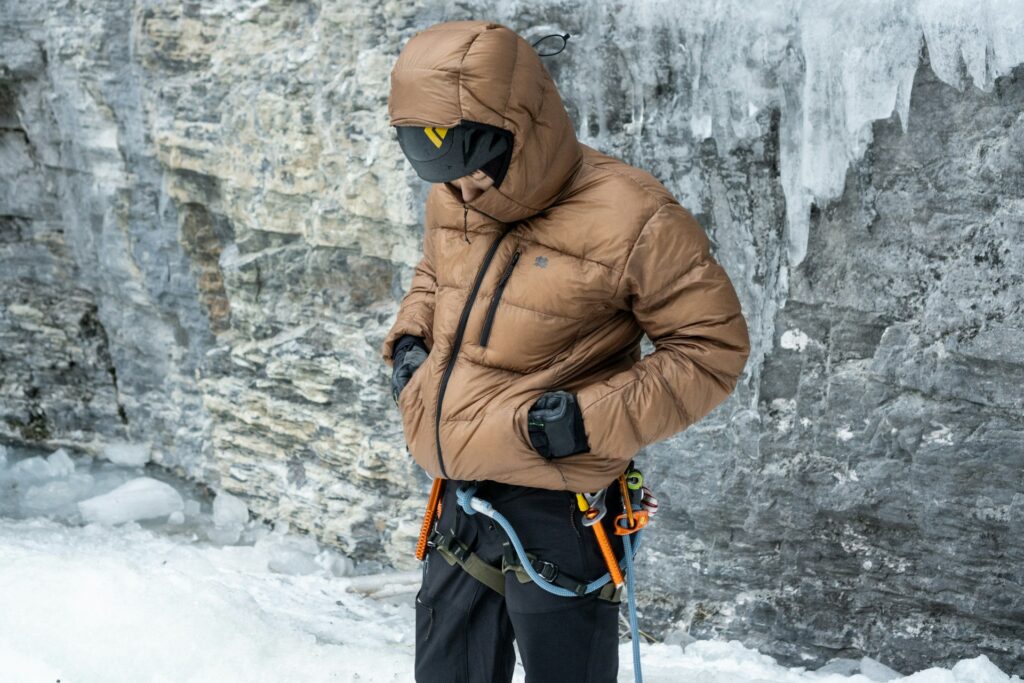
Your mid layer traps the warm air your body generates, creating a microclimate that shields you from the cold. Down insulation offers the highest warmth-to-weight ratio and compresses beautifully for packing, but loses its insulating properties when wet—making it best for dry, very cold conditions. Synthetic insulation like PrimaLoft or Thinsulate maintains about 60% of its warming ability even when damp and dries more quickly than down, making it more versatile for varying conditions. Fleece provides excellent breathability and continues insulating when damp, though it offers less wind resistance and typically weighs more than down or synthetic alternatives for equivalent warmth. Many experienced hikers carry multiple mid-layer options—perhaps a lightweight fleece for active periods and a compressible down or synthetic jacket for rest breaks when body heat production decreases. The ideal mid layer should allow full mobility while providing appropriate insulation for your specific activity level and conditions.
Outer Shell Selection for Weather Protection
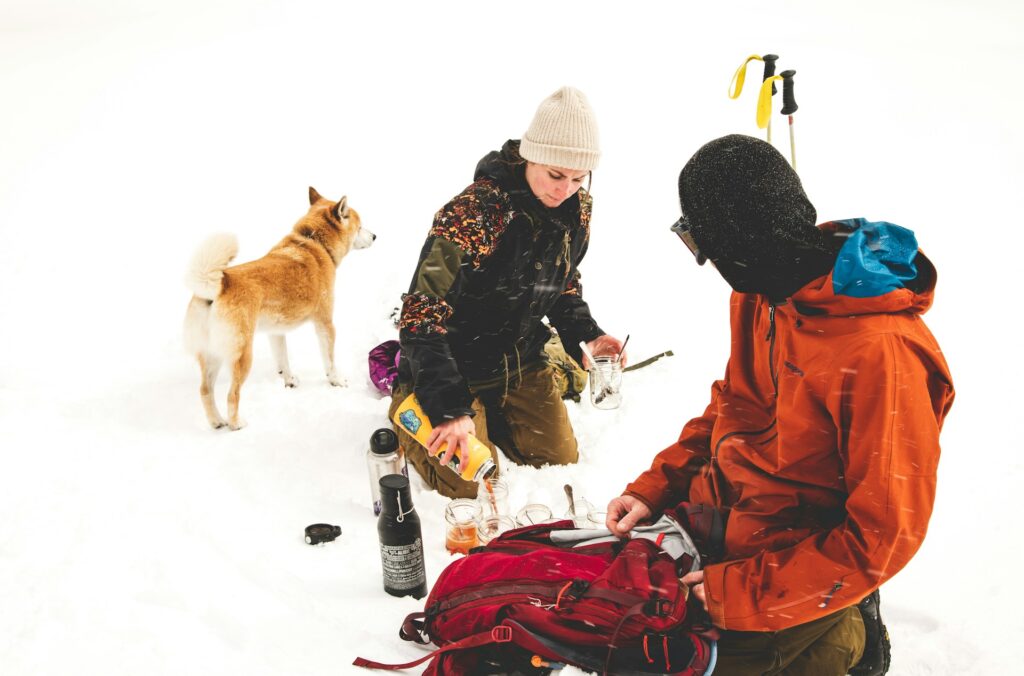
Your outer shell serves as your shield against precipitation and wind, which can rapidly strip away body heat even in moderate temperatures. Hardshell jackets and pants, made with waterproof-breathable membranes like Gore-Tex, eVent, or proprietary equivalents, offer the highest level of weather protection for severe conditions but may restrict breathability during high-exertion activities. Softshell garments prioritize breathability and stretch while providing moderate wind and water resistance, making them excellent choices for active cold-weather hiking in drier conditions. When selecting an outer shell, prioritize features like adjustable hoods that accommodate helmets, pit zips for ventilation, waterproof zippers, and articulated joints that don’t restrict movement. Remember that even the most breathable waterproof fabrics will allow some condensation to build up during high-exertion activities, so ventilation options become crucial for managing internal moisture. For particularly challenging conditions, consider carrying both hardshell and softshell options to adapt to changing weather.
Extremity Protection: Hands, Feet, and Head
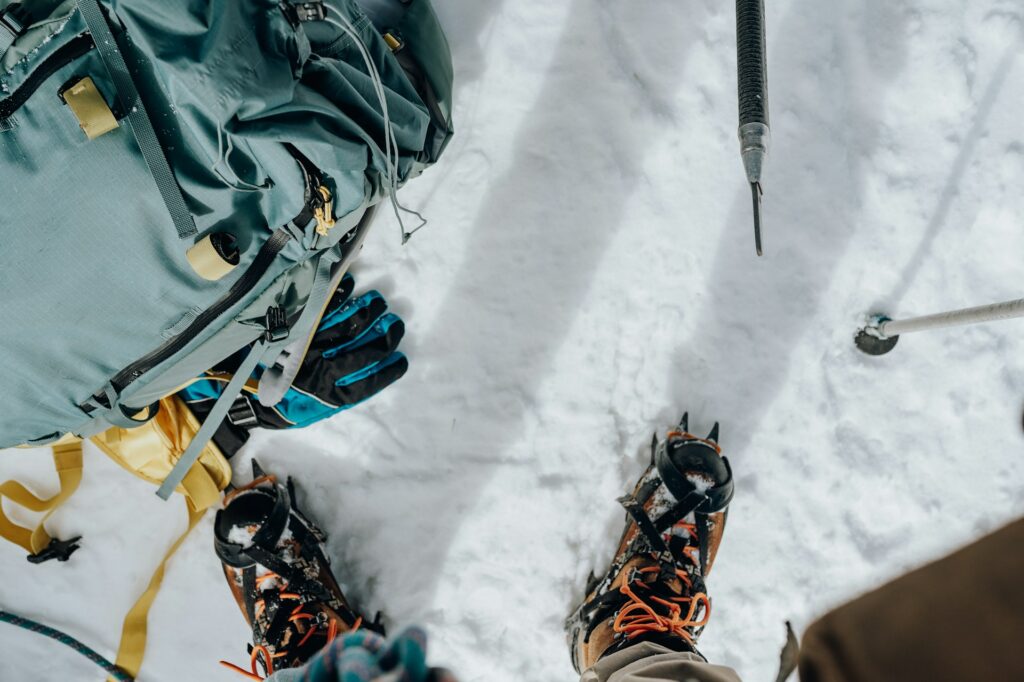
Your extremities are particularly vulnerable to heat loss and require special attention during cold weather hikes. For hands, employ a layering system similar to your body—thin liner gloves under waterproof shell mittens or gloves allow adaptability and provide backup protection if one layer gets wet. Feet benefit from moisture-wicking synthetic or wool socks (never cotton), with a liner sock under a thicker hiking sock for longer trips to reduce friction and improve moisture management. Your boots should provide adequate insulation while allowing enough space for thick socks without restricting circulation, which would reduce warmth. Head protection is crucial as you can lose up to 10% of your body heat through an uncovered head; a wool or synthetic beanie under your jacket hood creates an effective system, while a balaclava or buff adds neck and face protection in extremely cold or windy conditions. Don’t forget eye protection—snow blindness is a real risk in bright winter conditions, making quality sunglasses or goggles essential equipment.
Managing Sweat and Moisture
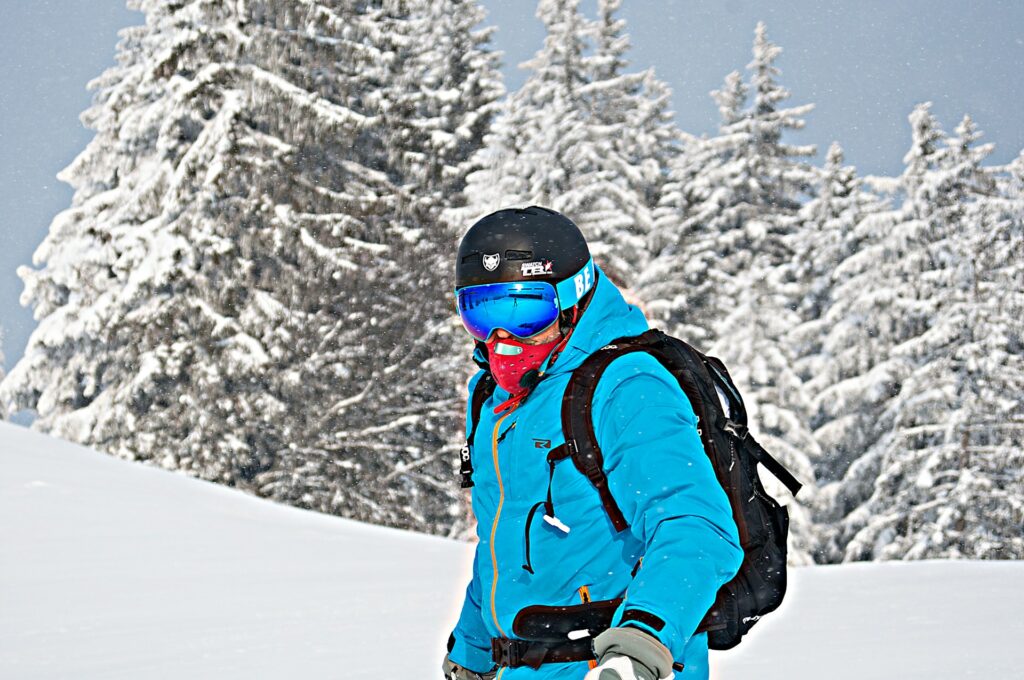
Effective moisture management might be the single most important skill for cold weather hiking comfort and safety. Begin your hike slightly cool, as your body will warm up quickly once moving—starting with too many layers leads to excessive sweating and dampness that will chill you later. Use the “15-minute rule”: adjust your layers about 15 minutes into your hike when your body has reached its active temperature. Practice “pre-emptive dressing” by adding layers before you get cold (like when stopping for breaks) and removing layers before you overheat (like before tackling steep climbs). Ventilation zippers, button openings, and the option to push up sleeves allow fine-tuning without fully removing layers. When taking breaks, immediately add an insulation layer to preserve the heat you’ve built up during movement. For multi-day trips, sleeping with damp items inside your sleeping bag (but not directly against your body) allows your body heat to dry them overnight, ensuring dry gear for the next day’s hiking.
Footwear Systems for Snow and Ice
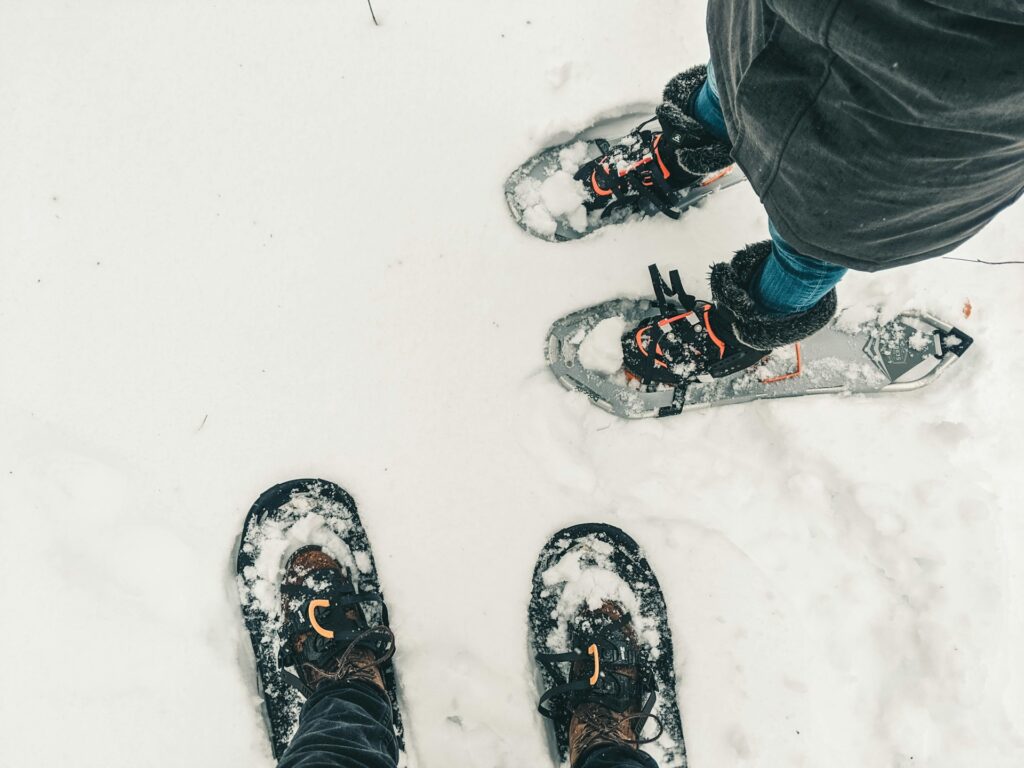
Your connection to the ground deserves special consideration for cold weather hiking, as cold feet can quickly turn an enjoyable outing into a miserable or dangerous situation. Insulated waterproof hiking boots with adequate ankle support form the foundation of your winter footwear system, with models specifically designed for winter use offering better insulation and traction. Gaiters create a protective seal between your pants and boots, preventing snow from entering your boots and keeping your lower legs dry in deep snow conditions. For icy terrain, microspikes provide essential traction and can be quickly attached to most hiking boots, while full crampons may be necessary for more technical icy ascents. Snowshoes become essential when snow depth exceeds 8-10 inches, distributing your weight to prevent exhausting post-holing with each step. When selecting winter footwear, ensure boots allow enough space for thick socks without constricting circulation, as tight boots can actually reduce warmth by restricting blood flow to your toes.
Nutrition and Hydration for Cold Weather

Your body requires additional calories during cold weather hiking, burning up to 50% more energy than in moderate conditions as it works to maintain core temperature. Plan for 3,000-5,000 calories per day depending on your size and activity level, prioritizing a mix of complex carbohydrates for sustained energy and fats for longer-burning fuel. Protein becomes particularly important for overnight trips to aid recovery and maintain muscle warmth. Pack foods that won’t freeze solid—nut butters, cheese, and chocolate are better choices than granola bars that can become tooth-breaking hazards in freezing temperatures. Hydration remains crucial despite reduced thirst signals in cold weather; dehydration decreases your body’s ability to regulate temperature and increases fatigue. Insulated water bottles or hydration bladders with insulated tubes prevent freezing, while carrying water close to your body or inside your jacket on extremely cold days provides additional protection. Hot drinks in a quality thermos can provide both hydration and warming benefits throughout your hike.
Emergency Gear and Safety Precautions

Cold weather hiking leaves less margin for error, making emergency preparedness essential rather than optional. Always carry a waterproof fire starting method with backup options—weatherproof matches, lighters, and ferrocerium rods all have advantages and limitations. An emergency shelter like a bivy sack or even a heavy-duty garbage bag can trap body heat and protect from precipitation if you’re forced to stop moving. Chemical hand warmers serve dual purposes—warming cold extremities and providing emergency heat for rewarming in critical situations. A fully charged phone in an insulated case (cold temperatures drain batteries quickly) with offline maps allows communication and navigation even without cell service. Always inform someone reliable of your planned route and expected return time, including instructions on when to contact authorities if you don’t check in. Consider hiking with companions when possible, as the buddy system provides significant safety advantages in winter conditions where a minor injury or equipment failure can escalate quickly.
Planning and Route Selection
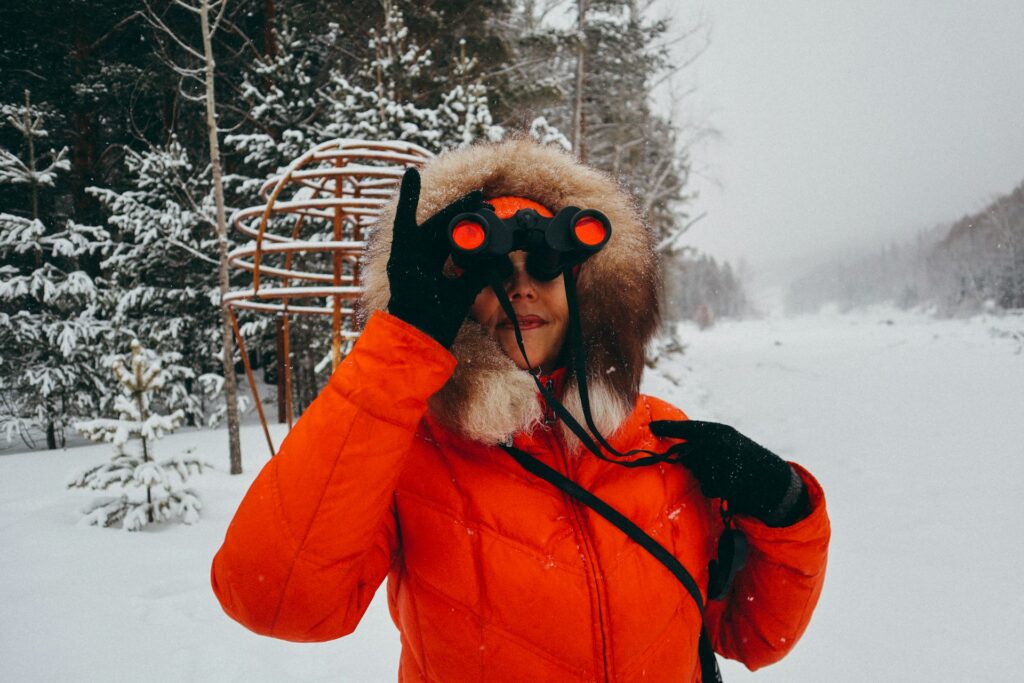
Thoughtful planning becomes even more critical for cold weather hiking, where daylight hours are shorter and conditions more challenging. Research your route thoroughly, understanding that familiar summer trails transform dramatically under winter conditions—stream crossings become more hazardous, route finding grows difficult, and elevation gains require significantly more energy. Allow extra time for winter hikes, generally planning for 25-50% longer than the same route would take in summer conditions. Start early to maximize daylight, but avoid departing in pre-dawn darkness when temperatures are typically at their lowest unless necessary. Study weather forecasts carefully, paying special attention to wind chill factors and incoming storm systems that could significantly impact conditions. Choose routes with bail-out options and natural wind protection where possible, and consider modifying your destination based on current conditions rather than rigidly sticking to original plans if safety concerns arise.
Techniques for Maintaining Body Heat
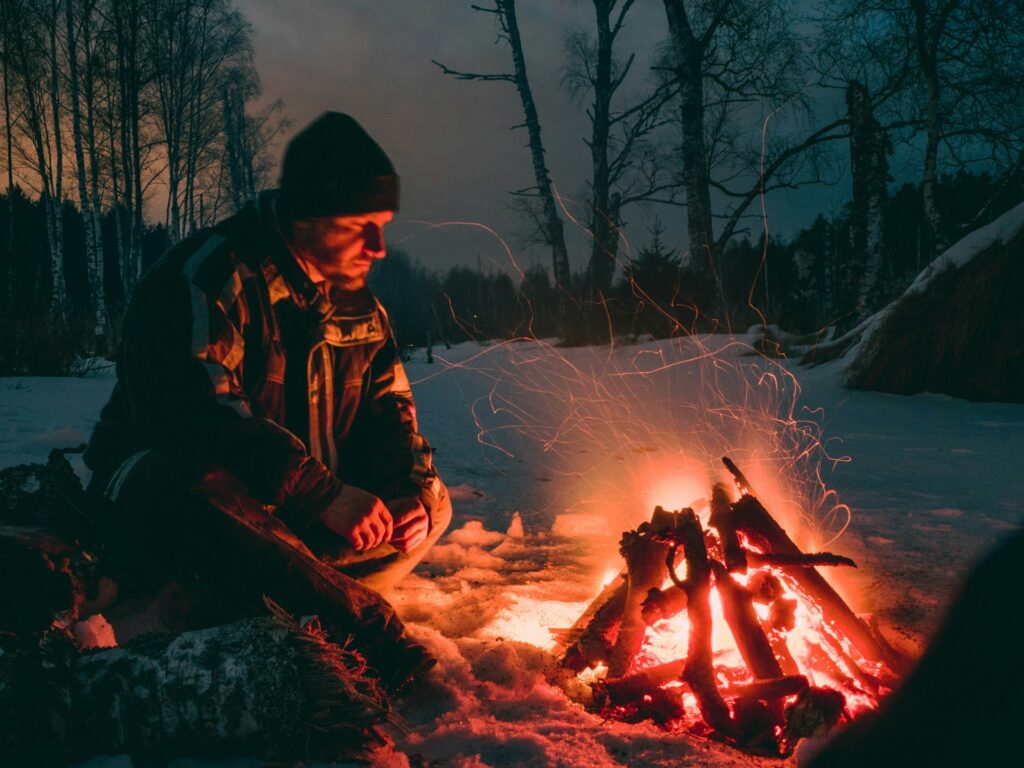
Understanding how your body generates and conserves heat allows you to hike more safely and comfortably in cold conditions. Maintain steady movement rather than pushing to exhaustion followed by long breaks, as this creates a more consistent internal heating system. When breaks are necessary, keep them brief (5-10 minutes) and add insulation immediately to retain the heat you’ve built up. The “Rule of Extremities” suggests addressing cold hands by adding a hat, as improving core warmth will allow your body to redirect blood flow to extremities. Fuel your internal furnace with regular high-calorie snacks throughout your hike rather than waiting for designated meal times. If you begin to feel cold despite appropriate layering, increase your pace temporarily or perform jumping jacks or similar exercises to generate quick heat. At rest stops, sitting on your pack or a foam pad rather than directly on snow or cold ground prevents conductive heat loss through your bottom. Learning to recognize early signs of heat loss allows you to address problems before they become dangerous.
Post-Hike Comfort and Gear Maintenance
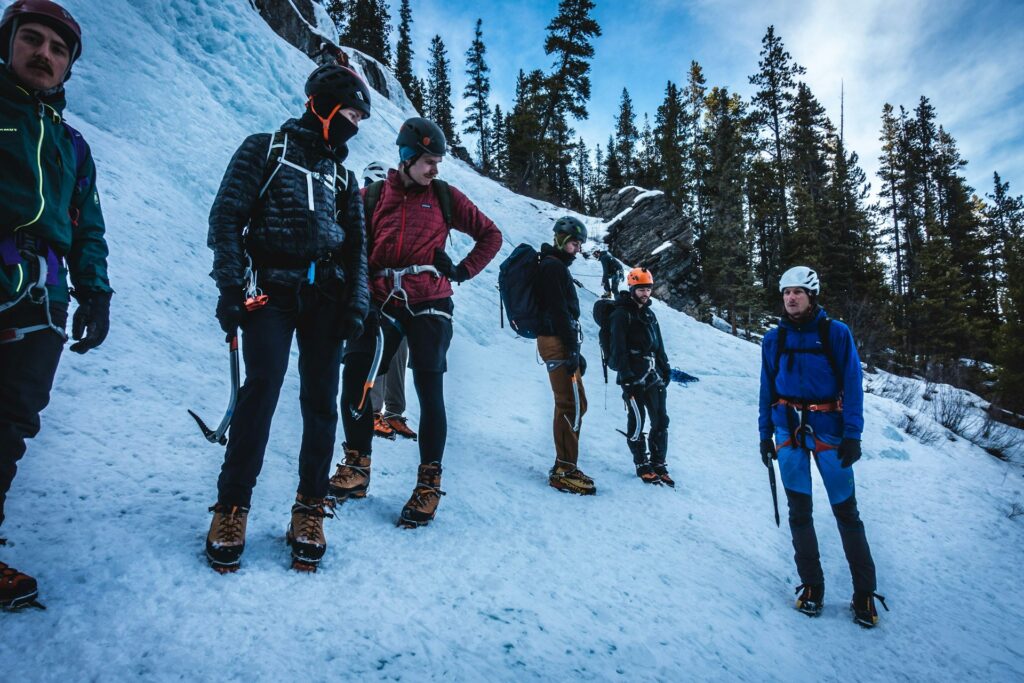
The final phase of successful cold weather hiking begins when you return to your vehicle or shelter. Keep a complete change of dry clothes in your car, including fresh socks, base layers, and a warm hat to change into immediately after your hike. Having a thermos of hot liquid waiting in your vehicle provides immediate internal warming. Once home, properly dry all gear before storage—hang wet items in a well-ventilated area away from direct heat sources, which can damage technical fabrics and insulation. Empty and dry boots by removing insoles and loosely packing with newspaper to absorb moisture and help maintain shape. Wash technical garments according to manufacturer specifications to maintain their performance properties, typically using gentle detergents free of fabric softeners or bleach. Regular maintenance extends the life of expensive cold weather gear and ensures it performs as expected on your next winter adventure. Taking these post-hike steps helps establish a sustainable cold weather hiking practice you can enjoy season after season.
Conclusion

Cold weather hiking opens up a world of serene winter landscapes and peaceful solitude that many outdoor enthusiasts never experience. By mastering the art of staying warm and dry through proper layering, moisture management, and thoughtful preparation, you transform potentially miserable or dangerous conditions into comfortable adventures. Remember that cold weather hiking skills develop over time—start with shorter trips in moderate conditions as you test your gear systems and learn your body’s responses to cold environments. Each winter outing builds experience that enhances both safety and enjoyment. The quiet beauty of snow-covered trails and the satisfaction of moving comfortably through challenging conditions offer rewards well worth the extra preparation. With these techniques in your hiking toolkit, winter need never again keep you from experiencing the natural world at its most pristine and peaceful.

